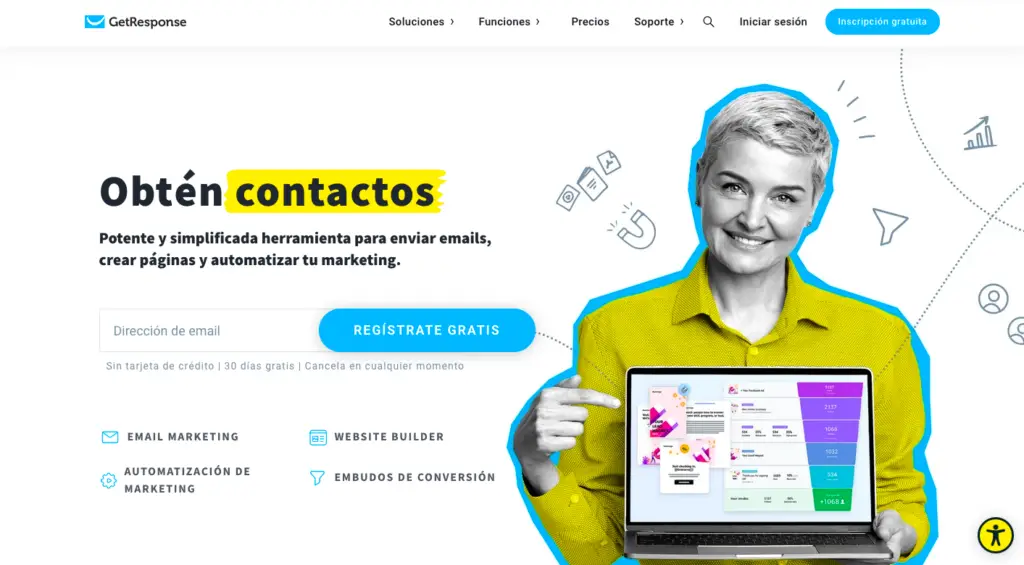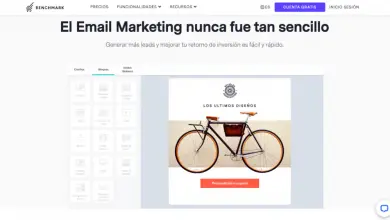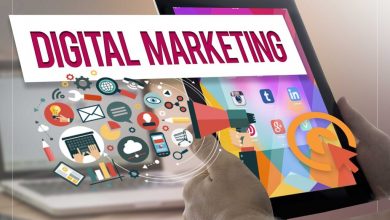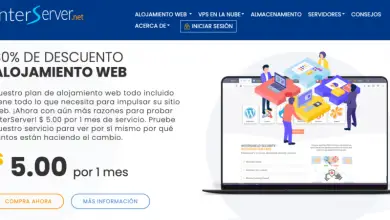Email Marketing: A Basic Guide

In this e marketing guide - mail, you learn examples, strategies, characteristics, advantages and disadvantages of email marketing.
Email is one of the few marketing channels we can use to create a real connection with the human beings who make our business live.
Email marketing ( email marketing) is not spam. Nor is it a personal note from a former colleague. It's something in between ...
Your customers don't give away their information lightly, and if used correctly, email marketing can be a tool for both building relationships and generating profits.
You should use email to build an existing relationship with your subscribers and potential customers by providing relevant and valuable information that will help them take action to achieve their goals.
That's right, email marketing isn't just about you or your business. This is your customer. If you keep this golden rule in mind, not only will your subscribers read your emails, they'll be eager to hear from you at all times.
Unless you have the manpower, spare time, and capital to individually build a personal relationship with each of your prospects and customers, email should be your best friend in digital marketing.
Let's start!
How does email marketing work?
Email marketing is the process of targeting your audience and customers via email. It helps you increase conversions and revenue by providing subscribers and customers with valuable information to help them achieve their goals.

Now, let's take a look at when to use email marketing and some benefits and stats that explain why email marketing is so valuable.
When to use email marketing?
There are many ways to use email marketing; some of the most common include using tactics to:
- Build relationships - Build relationships through personalized engagement.
- Increase awareness of your Mark : keep your business and services front and center when your prospects are ready to engage.
- Promote your content: use email to share relevant blog content or useful resources with your potential customers.
- Generate leads: encourage subscribers to provide their personal information in exchange for an asset that is valuable to them.
- Market your products: promote your products and services.
- Encourage prospects - Delight your customers with content that can help them achieve their goals.
Advantages and disadvantages of email marketing
There are billions of email users around the world, so if you're looking for a way to reach your customers, email is the place to find them.
- Two-thirds of customers made a purchase as a result of an email marketing message.
- On average, emails generate $ 38 for every dollar spent, which represents a 3% ROI.
- When it comes to customer acquisition, email is 40 times more efficient than Facebook and Twitter combined.
- Only 20% of leads sent directly to sales are qualified, which means they need to be nurtured by email and quality content.
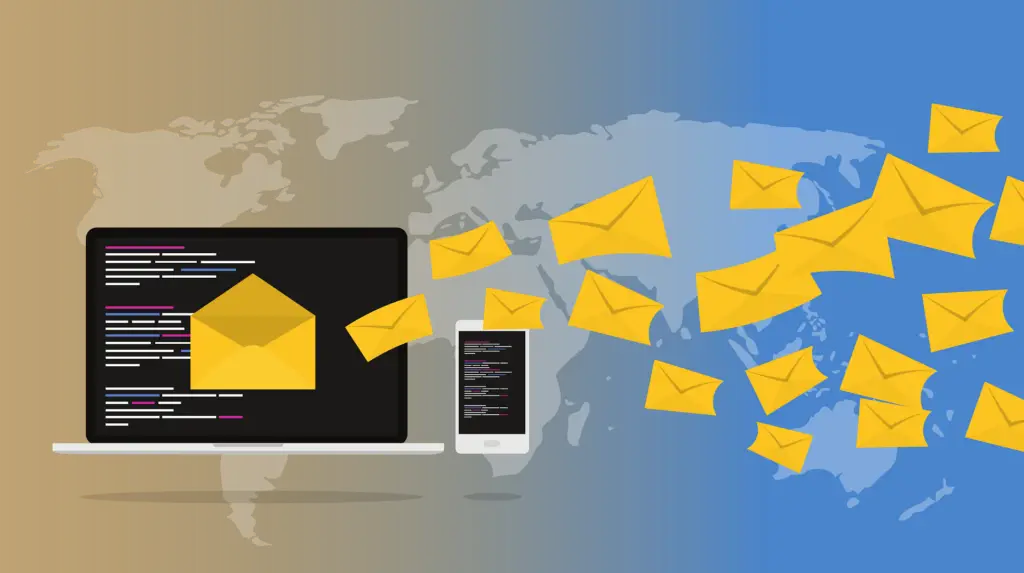
Perhaps the best reason to use email marketing is that you are the owner of the channel. Outside of compliance regulations, no external entity can affect how, when, or why you communicate with your subscribers.
Email Marketing Statistics by Industry
Email marketing rules change depending on your industry / niche and who you are targeting.
Here are some email marketing trends for B2B (Business-to-Business), B2C (Business-to-Customers), e-commerce and real estate companies that can help you shape your business. marketing strategy by e - mail.
B2C Email Marketing Statistics
- 78% of consumers unsubscribed from lists because a brand sent too many emails.
- Over 90% of consumers check their emails daily.
- Email subscribers are 3 times more likely to share social content than others.
B2B Email Marketing Statistics
- For 86% of professionals, email is their preferred communication channel.
- Action-Triggered Emails are 3 times better performing than Nutritional Emails or Drip Campaigns.
- Click-through rates are 47% higher for B2B emails than B2C.
- 60% of marketers believe email marketing produces a positive ROI.
- Subject line emojis represented an increase in open rates for 56% of brands.
Email Marketing Statistics For Ecommerce
- 86% of consumers want to receive a promotional email from the brands they subscribe to at least once a month.
- Segmented emails generate 58% of the company's revenue.
Email Marketing Statistics for the Real Estate Industry
- Most (53%) real estate companies get subscribers to your website.
- Businesses that blog receive twice as much email traffic as those that don't.
- 40% of real estate companies use list segmentation.
Introduction to Email Marketing
Before we get overwhelmed by the vast possibilities of email marketing, let's take a look at some key steps to get started. create an email campaign solid that will appeal to your customers.
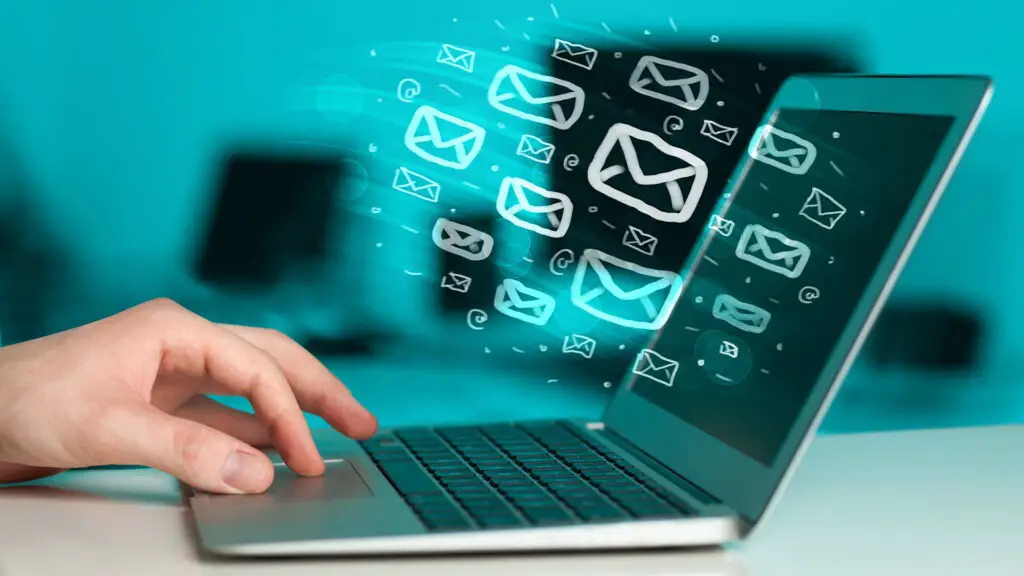
You can think of these steps as the way to create a successful email marketing strategy.
Create an email marketing strategy
Each of your customers receives several emails every day. This means that if you don't take the time to develop a strategy, your emails will get lost in crowded inboxes or worse, they will be sent to your spam folder.
You can learn how to create an effective email strategy and how to send emails that people really want to read. Only one plan is needed (one that can be broken down into a few key steps).
Think of the following steps as an overview of your messaging strategy:
1. Define your audience
An effective email is a relevant email. Like everything else in marketing, start with your buyer avatar, understand what they want, and tailor your email campaign to your audience's needs.
2. Set your goals
Before you come up with your campaign goals, gather some background. Find the average email stats for your industry and use them as a benchmark for your goals.
3. Create a form for people to register
You need people to send emails, don't you? A mailing list (we'll see how to create your mailing list in the next section) is a group of users who have given you permission to send them relevant content.
To create this list, you need several forms for potential customers to agree to receive your emails.
Don't be discouraged if you only have a few people on your list to begin with. Construction may take some time. In the meantime, treat all subscribers and leads like gold, and you'll start to see your email list grow organically.
4. Choose an email campaign type
Email campaigns vary and trying to decide between them can be overwhelming. Do you send out a weekly newsletter? Should you send out new product announcements? What blog posts are worth sharing? ...
These questions affect all traders. The answer is subjective. You can start by learning about the different types of email campaigns, and then decide which one is best for your audience.
You should also set up different lists for different types of emails, so that customers and prospects can only sign up for emails that are relevant to them.
5. Make a calendar
Decide how often you plan to communicate with your list, let your audience know in advance so they know what to expect, and stick to a consistent timeline to build trust and not forget you.
6. Measure your results
Being meticulous on every key metric will help you make small changes to your emails that will yield big results.
Now that you understand the steps in creating an email marketing strategy, let's take a look at what it takes to build your email list.
How to build your mailing list
Now for the fun part: filling your email list with eager prospects who are excited to hear from you.
There are many creative ways to create your mailing list (and no, buying emails isn't). From a tactical standpoint, list building boils down to two key things that constantly work to increase subscriber numbers: master magnets and signup forms.
here's how create and develop your broadcast list.
1. Use lead magnets
Your Lead Magnet is exactly what it sounds like: something that attracts leads to your email list, usually in the form of a free offer.

The offer can take several formats, must be attractive to your potential customers and is offered free of charge in exchange for an email address.
There's just one problem: people have become very protective of their personal information. You can't expect to receive an email address without exchanging it for something valuable.
Think of a lead magnet that is relevant, useful, and makes life easier for your prospects.
Here is some types of lead magnets that you can create:
- Ebook.
- White paper.
- Infographics.
- Report or study.
- Check-list.
- Model.
- Webinar or course.
- Tool.
If you're short on resources, you can even reuse your existing content to create master magnets.
How to create a good lead magnet
Remember, your main magnet should be relevant to your prospects. Here are some guidelines to make sure that you are creating a valuable asset for your list of potential clients.
Make your offer solution-oriented and viable
Provides practical information that resolves a problem and creates a realistic way to reach the solution.
Make sure the magnet is easy to consume
Lead magnets must be submitted digitally. Whether it's a PDF, webpage, video, or other format, make it easy to get and consume your new potential customer.
Create your offer with future content in mind
There is nothing worse than signing up for a good price to be disappointed with the content it offers. Make sure your offer is aligned with the value you will bring throughout your relationship; otherwise, you run the risk of damaging trust.
Treat your Lead Magnet as a stepping stone to your paid solution
The goal of your mailing list is to eventually lead subscribers to a paid offer. Offer free content to demonstrate the value you provide as a business, and those free offers should eventually lead to your product or service.
Create relevant offers for every step of the buyer's journey
Each new potential customer will be at a different stage in the buyer's journey ( sales funnel), and it is your responsibility to know which one.
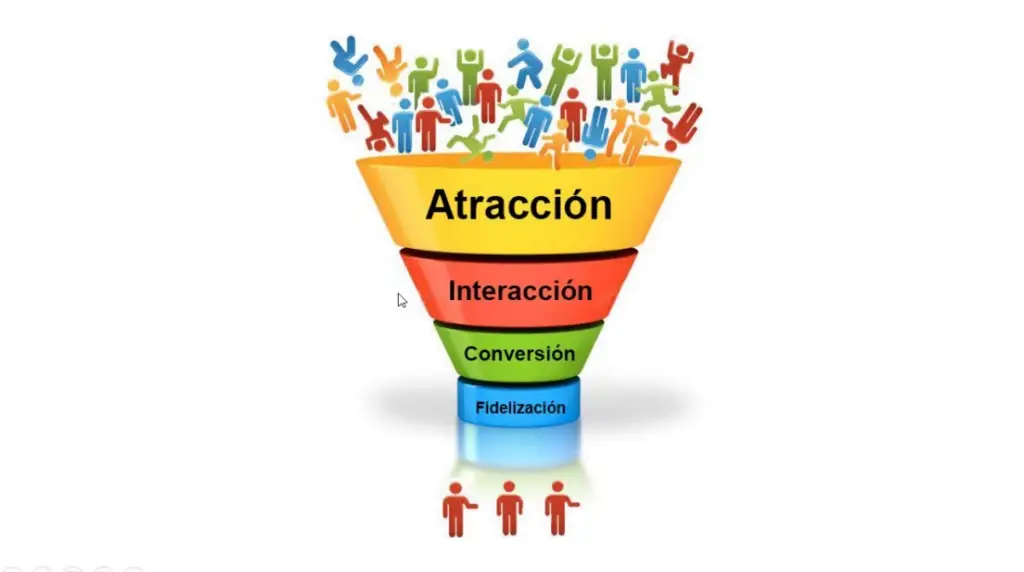
Segment your list early on by offering distinct subscription offers that relate to each stage of the buyer's journey. You can tell a lot about a potential customer's mindset from the content they consume.
2. Create an attractive subscription form
Your registration form allows you to obtain the information of a prospect to add to your list. It is the doorway between your future prospects and the incredible asset you have created by thinking of them. Here are some tips for creating an attractive subscription form:
Create an eye-catching design and a catchy title
Your form should be branded, stand out on the page, and get people to sign up. You want readers to be excited about the offer.
Make the text relevant to the offer
While your goal is to get people to enter their information, it's not to mislead them. Any information on your form must be a true representation of the offer.
Keep the form simple
This could be one of your first interactions with your prospect. Don't scare them off with a long form with multiple fields. Ask for only the most essential information - name and email are a good place to start.
Configure your subscription form for double confirmation
It might seem counterproductive to ask your subscribers to subscribe to their emails twice, but open rate study shows customers prefer a 2,7-fold subscription confirmed email (COI) more than a welcome email.
Make sure the flow is working
Test the user experience before posting. Check that the form works as expected, that the thank you page is active, and that your offer is delivered as promised. This is one of your first impressions of your new potential client: make them professional and positive.
Next, let's take a moment to cover some of the email marketing best practices universally accepted guidelines regarding how to send marketing emails.
How to send marketing emails
Here are some extremely important points to keep in mind before you start emailing your list.
1. Choose an email marketing service
An email marketing provider is a great resource if you are looking for any level of support while still honing your email marketing efforts.
GetResponse test
For example, the email marketing tool GetResponse allows you to effectively create, customize and optimize marketing emails that feel and look professional without designers or artificial intelligence.

